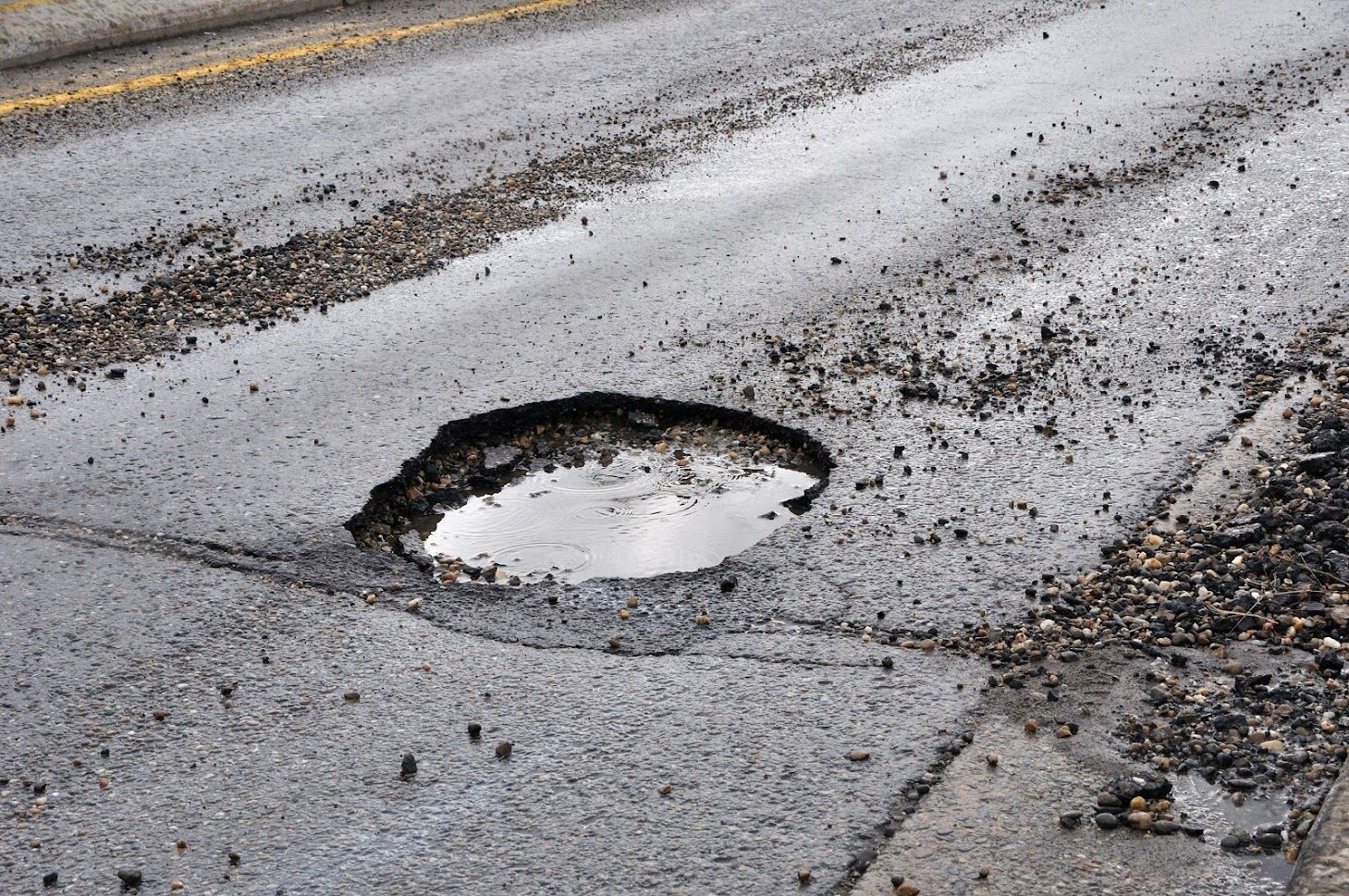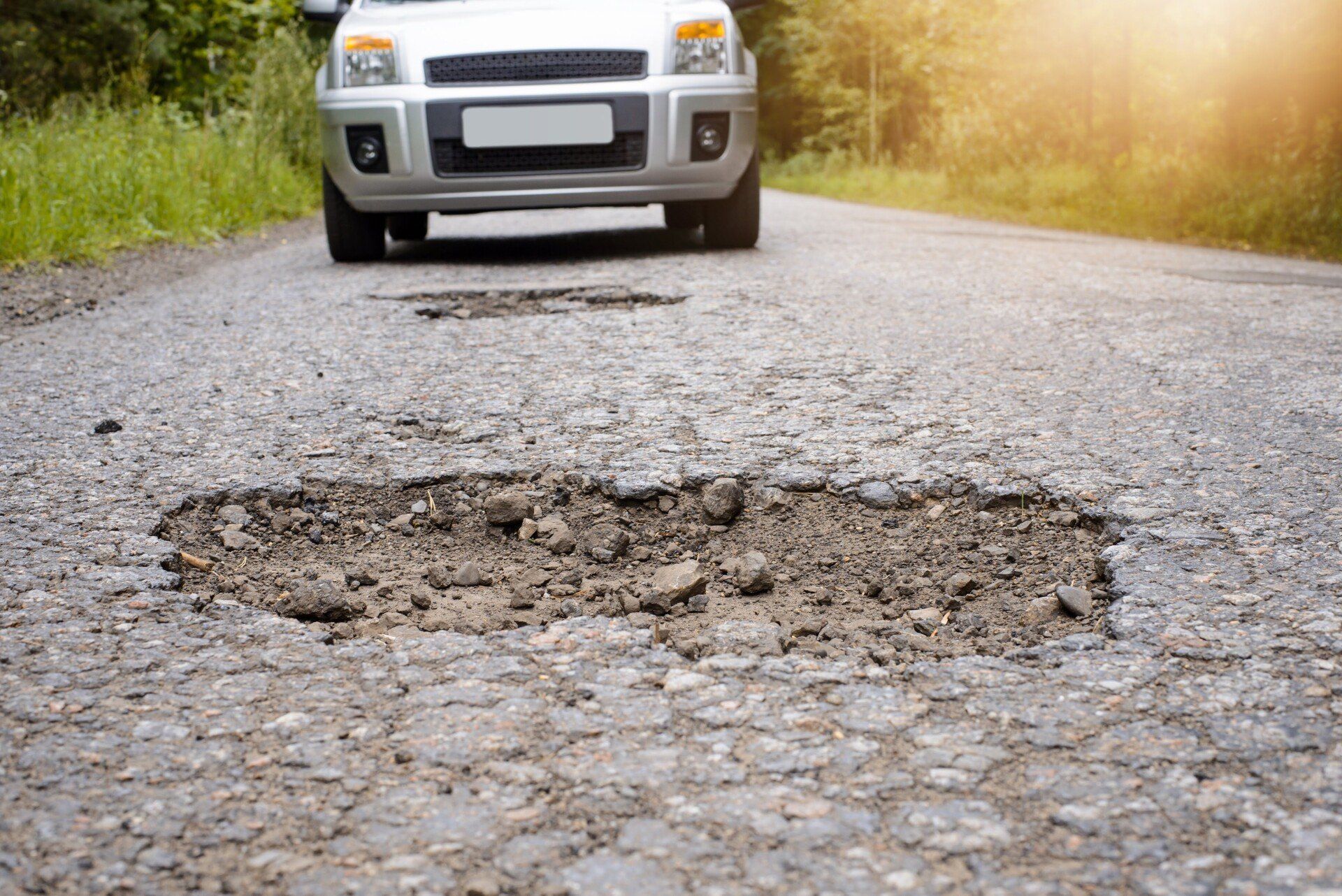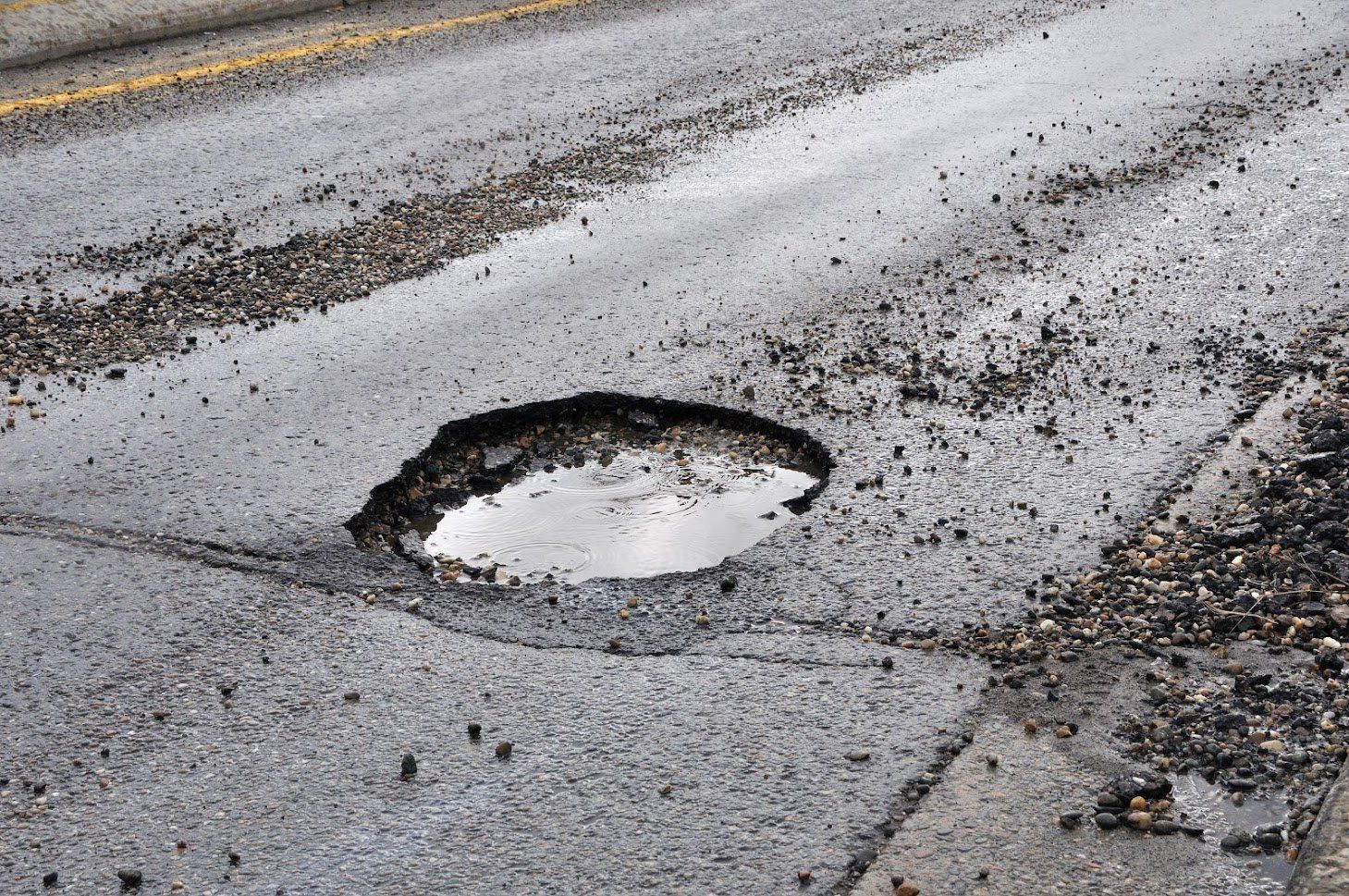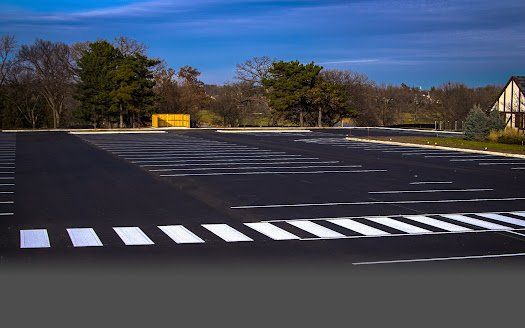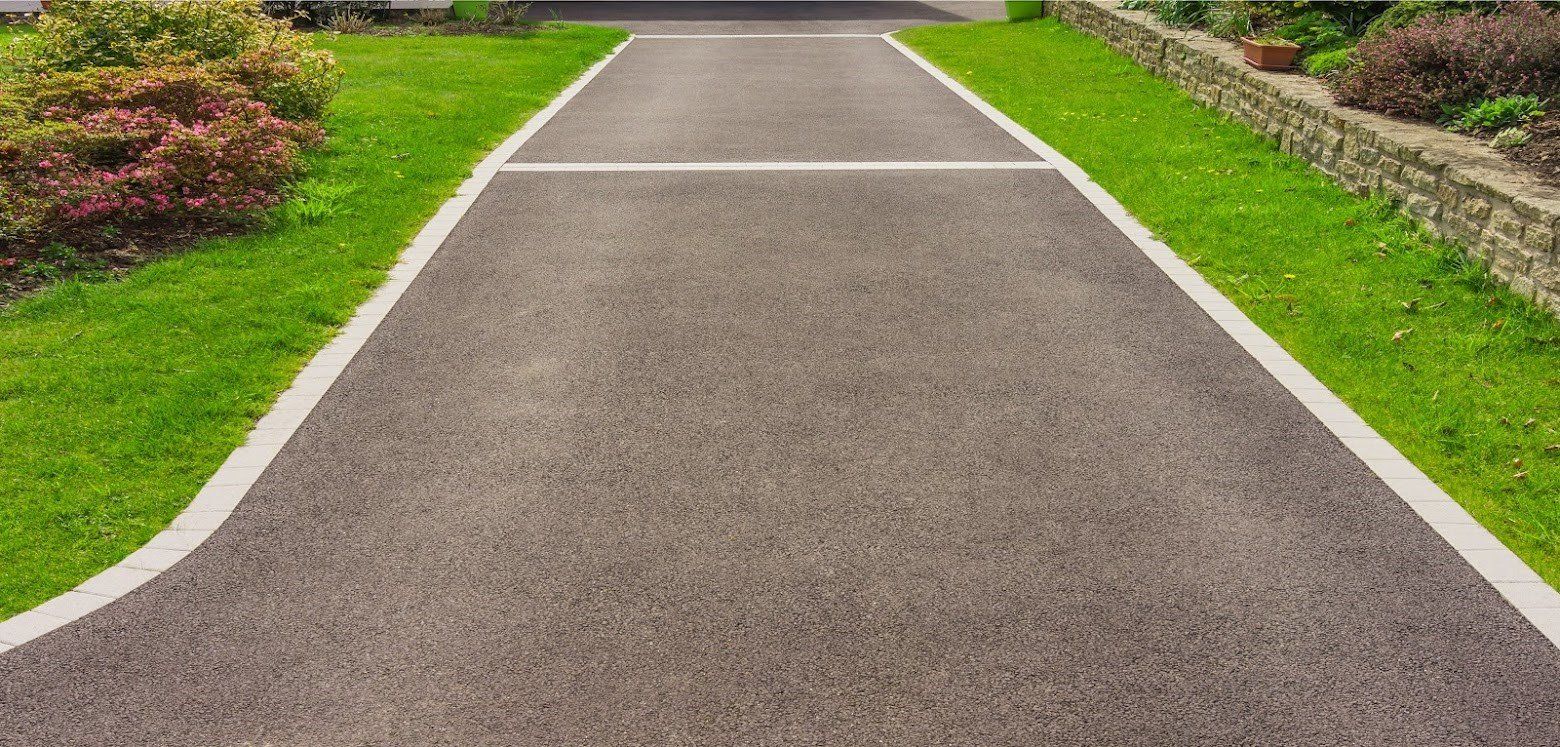Licensed & Insured for Your Protection Since 1979
Parking Lot Uneven? Why This Might Happen
Why is your parking lot uneven? Did your company's paved lot go from a neat, clean, even layer of asphalt to dips, sags, or pits—and you're not sure what happened? Take a look at the top reasons for these asphalt issues and what you can do about your parking lot's uneven surface.
Asphalt Parking Lot Installation
It all starts with installation. A poorly installed parking lot won't stand up to the test of time or your customers' cars. Without adequate compaction, the parking lot could sag or sink unevenly with wear. The base layer materials and the asphalt surface products require proper compaction. Without a base that is firm and compact (the materials are pressed down tightly), anything on top of it could shift.
The materials for the base layer and the composition of the asphalt on top can affect compaction and the evenness of your lot's surface. Voids left in the materials or air pockets, installation during the wrong time of year or temperature, the thickness of the asphalt product, and the temperature of the mix for your lot can all impact compaction.
A loosely compacted lot that sags due to installation issues may require a major renovation. If the initial installation was low quality or there are significant faults, contact a reputable asphalt contractor to assess the sagging or unevenness and address the problem. They may need to repave the lot or create a new base.
Elements, Weathering, Age, and Erosion
Even though asphalt is a highly durable surface, it won't last forever. The rain, ice, cold, heat, and other weather or climate-related factors can affect the surface of your company's parking lot. Over time, the aggregate in the asphalt and the asphalt binder can erode and weather. As the outer layer wears away, the underlying aggregate becomes the surface and can dislodge (raveling).
Water, ice, and the freeze-thaw cycle can also cause erosion issues. The moisture can erode the surface and cause cracks, potholes, or other damage that results in an uneven surface. Likewise, temperature changes can cause the materials to shrink and expand, also resulting in potholes or unevenness.
A contractor could possibly fill and repair minor cracks and smaller potholes. But a quick fix won't solve a serious sag or major weathering damage.
If raveling is ravaging your parking lot, the contractor may need to remove and repave a large section of the asphalt. This can stop further damage and prevent additional erosion. The contractor may also need to repave areas with deep potholes, sagging surfaces, and issues that could spread to other parts of the parking lot.
Asphalt Parking Lot Upheaval
This type of unevenness is the result of subgrade swelling. Frost heave is a common reason for this parking lot problem. Ice pockets can form under the surface as the temperatures go up and down (freezing and thawing the material under the top layers). The ice causes swelling and pushes the base upwards.
As the base pushes upwards, the top heaves and grows higher than the rest of the surface. While the surface can sometimes possibly self-correct as the general outdoor air temperature rises, this process can also cause cracking and other types of surface damage. Not only can upheaval cause serious damage, but it also poses a safety risk for anyone walking or driving in your lot. These potential results make it important to consult a professional contractor.
Cracks left behind allow water and ice to get below the parking lot's surface. This can add to the problem and make it more likely that the lot will grow uneven. To correct the problem, the contractor may need to repair parts of the lot or replace surface and base layers.
Does your company's parking lot sag? Contact J & B Asphalt and Paving for more information.
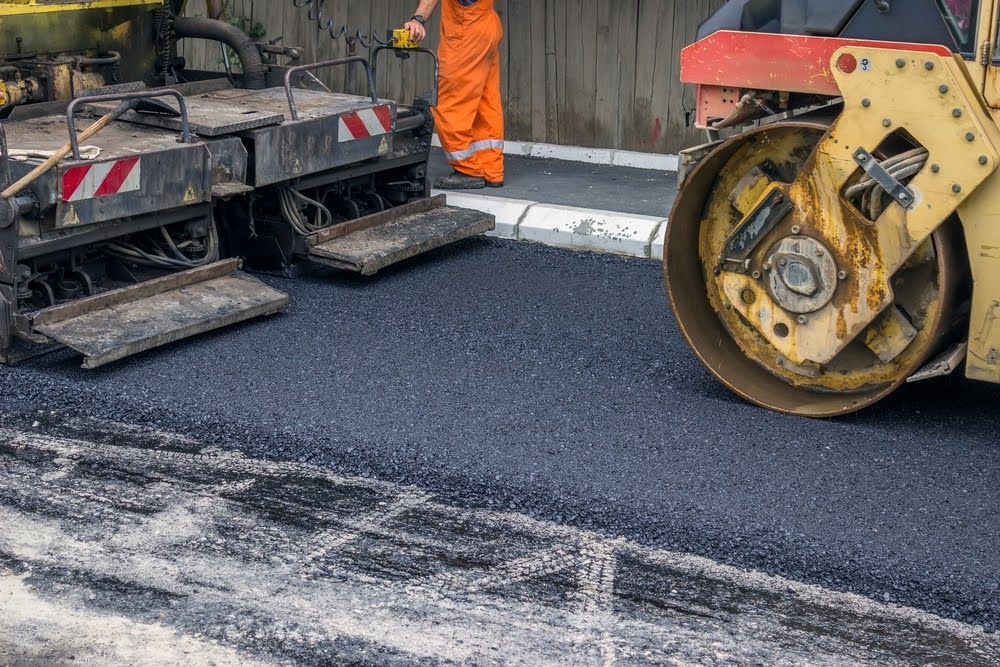
Address: 800 E 101st Ter. Ste 350 Kansas City, MO 64131 | Phone: (816) 241-2750 | Email: info@jandbasphalt.com
Hours of Operation
- Monday
- -
- Tuesday
- -
- Wednesday
- -
- Thursday
- -
- Friday
- -
- Saturday
- -
- Sunday
- -






ACH




